John Hurrell – 29 November, 2012
There are mainly two types of image: tubular rootlike forms that have been smeared to look gestural and brusherly, atmospheric and turbulent; and angular prismatic shapes that have a tonally induced flicker and a spatial ambiguity - either that of facets on the surface of a huge diamond, or the inside (internal space) of some kind of geodeisic dome. In both sorts one is very aware of the diffuse properties of light and glowing chroma.
Andre Hemer is known for his intricate pastel hued canvases made using computer-cut (and stored) shape masking systems and repeatable frenetic gestures, but in recent years his practice has involved a range of other approaches to image making.
This current show develops a starting point Hemer’s interest in desktop wallpapers, those background images that provide decorative fields on our computer screen, onto which we can line up the icons of our most used programmes. He has used Jelly Bean images, created originally for Android 4.1 operating systems. The eleven wall works he is exhibiting are digital prints, paintings or hybrids of the two - on canvas or on fibre-based paper (and framed).
Consequently these art objects vary in scale and in surface treatment. Some have dribbly varnishes applied over acrylic paint or ink, or digitally printed ink - the latter being as found when downloaded, or modified preprinting with a computer drawing programme (‘translated’), or the result of ‘glitches’ (mistakes that have occurred with the transmutation). Some of the initial modules have been enlarged, a few repeated in tile formations.
There are mainly two types of image: tubular rootlike forms that have been smeared to look gestural and brusherly, atmospheric and turbulent; and angular prismatic shapes that have a tonally induced flicker and a spatial ambiguity - either that of facets on the surface of a huge diamond, or the inside (internal space) of some kind of geodeisic dome. In both sorts one is very aware of the diffuse properties of light and glowing chroma.
Digital wallpapers such as these decorate thousands of computer screens, each variety of course linked to a particular time period and technology. They go out of fashion quickly, lasting only a few months, but some images get rejuvenated later when recycled, (perhaps) enlarged and customised by artists for their own purposes. As here.
Hemer presents an elegant hang with his eleven varied sized rectangles. The works need to be looked closely in the gallery, especially the largest scaled up one, which looks like a variety of sci-fi cubism meets op art. This painting, wallpaper_03 (hot wallpaper), in my view is the most effective item here because of its physicality in relation to the human body. There are several impressive digital prints but they are small and seem comparatively cramped. If those ‘smudged’ wallpaper works had been enlarged (by whatever means, hand painted grid or digitally) to the 1.25 m height of wallpaper 03 (hot wallpaper) the show would have had considerably greater impact. They would have related more to the movements of the human arm and the imagined trajectories of a brush - despite being mouse derived, a logical comparison.
John Hurrell
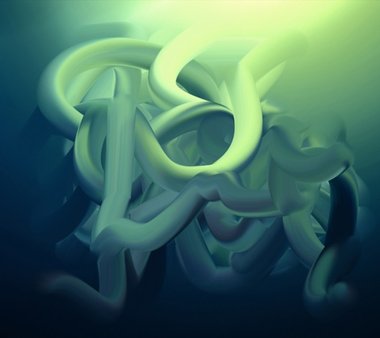
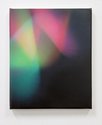
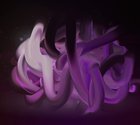
 Advertising in this column
Advertising in this column Two Rooms presents a program of residencies and projects
Two Rooms presents a program of residencies and projects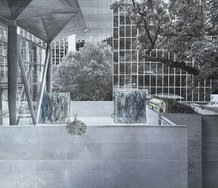
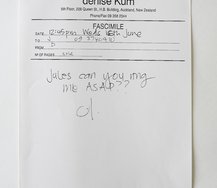
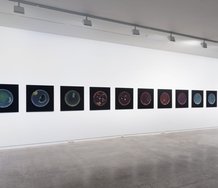
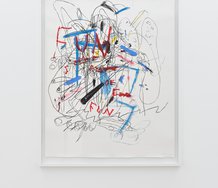
This Discussion has 0 comments.
Comment
Participate
Register to Participate.
Sign in
Sign in to an existing account.